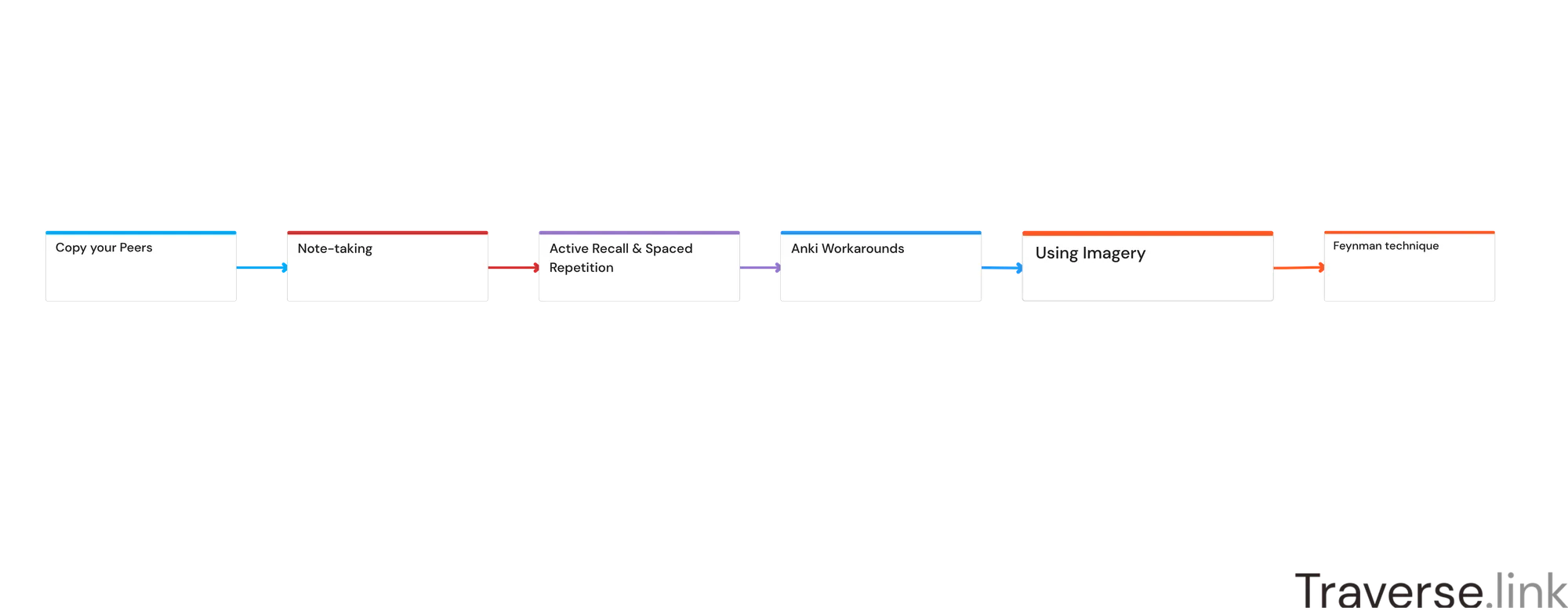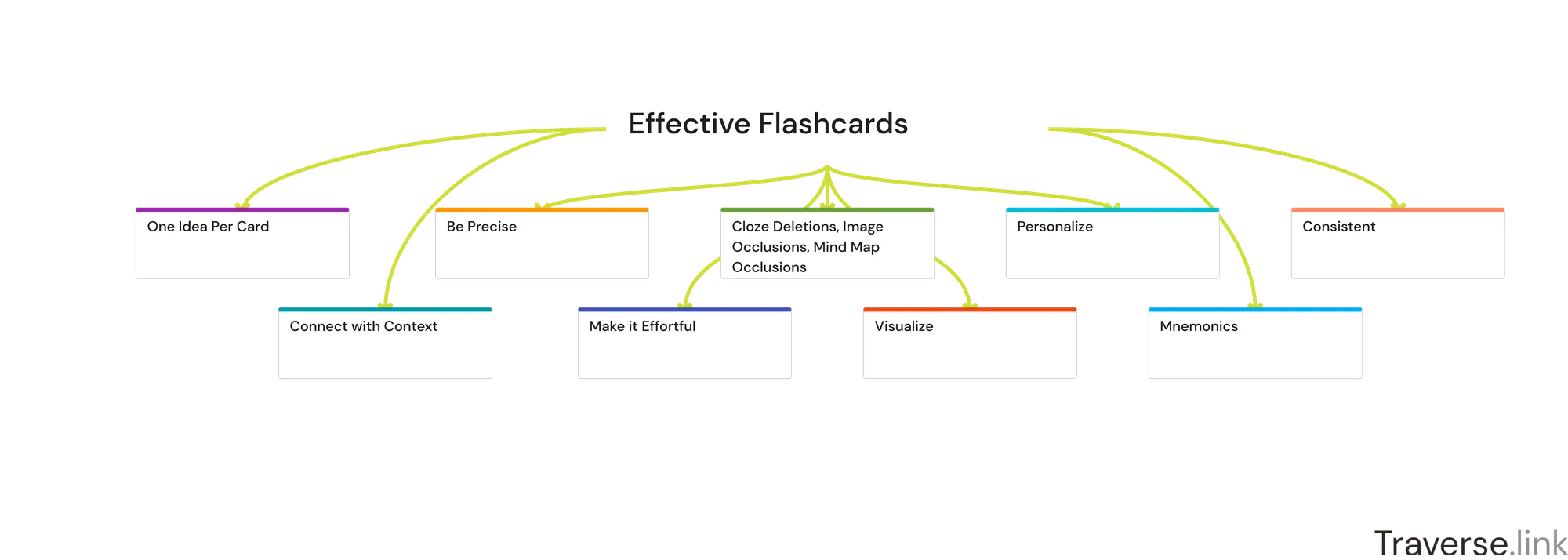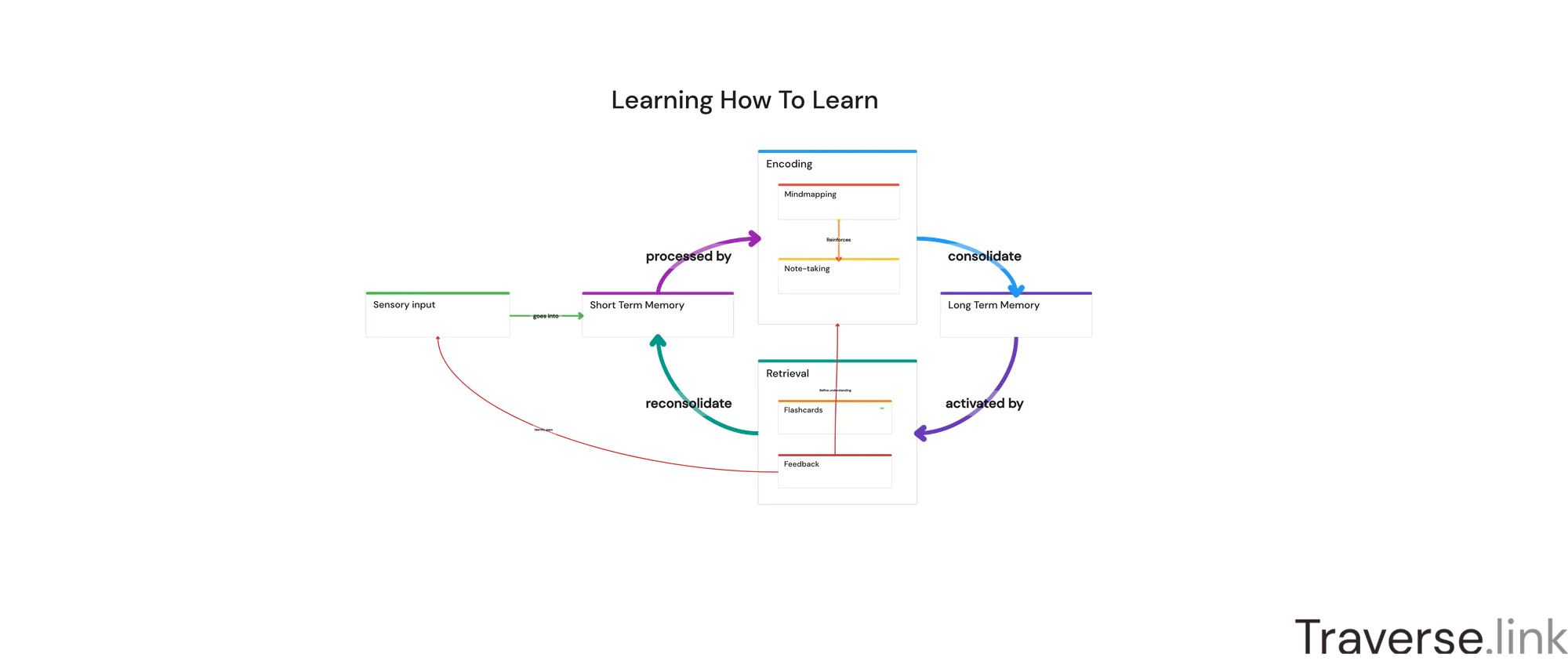6 years ago, I was trying to learn Mandarin Chinese. Specifically, reading Chinese characters. Like 学 for example, the character for learning. Or 懂, the character for understanding.
But understanding was what I lacked.
Maybe you’ve felt the same way. By the end of this article you’ll not only know what is impeding you from understanding the material you need to know, but also the strategies you can take to master the content you are learning.
I tried countless apps and courses. Some of them had funny animals teaching the characters (green owl anyone?). Some would teach me all the characters I’d encounter in a real-life situation like going to the post office (rea- life situation.. ahem 😳). But even after trying a dozen or so, I wasn’t able to read much more than 一,二,三。
All of them were trying to teach me Chinese in some clever way.
But none of them were teaching me how to learn Chinese.
A critical distinction.
I had never learned How to Learn.
I had gotten by until that point. It wasn’t until I had to learn something really difficult that I was forced to step back and look at my learning strategies.
It was the same for Raleigh Sorbonne, a pre-med student I met earlier this year. College didn’t teach him how to learn. For Raleigh, it was prepping for the MCAT exam that prompted him to look for better methods.
Together, we identified 6 phases most students go through on their journey of Learning How to Learn:
Phase 1 - You copy your peers
However, they haven’t figured it out neither (not even the smart kid. Heck, especially not the smart kid. Her IQ is high enough to pass even without a strategy). You get mediocre results.
Phase 2 - Writing = Thinking
Note-taking is probably the first method you pick up that actually works. You’re excited when you found a note-taking system that keeps you organized.
But.. you can have a perfectly organized set of notes, and still fail miserably at the exam. Imagine yourself sitting there thinking “I wrote that down somewhere”, but not being able to access it.
Phase 3 - Active Recall & Spaced Repetition: the final solution?
Someone told you about Anki, which uses active recall and spaced repetition, both A+ learning strategies.
At first everything seems great. You recall facts with ease and all is under control. But once you get to a certain number of flashcards, you review a card and have a nagging feeling that you’ve seen something like that before. But where? And how does it connect?
You start to realize that (unlike your notes) it’s hard to keep your flashcards organized.
Phase 4 - Duct tape Anki
At this point you know something gets lost in the process of card creation - it’s quick but shallow. Knowledge is deeply connected. By representing it as a pile of isolated facts, the bigger picture gets muddier and muddier.
You start looking for answers. You realize deep down that something isn’t perfect but you are proud of yourself for making it this far. You patch up Anki with add-ons but it’s a bit meh.
In this phase you might first go looking for something like Traverse.
Phase 5 - Uncovering the power of the visual cortex
Do you remember what your childhood bedroom looked like? You’re probably surprised by how much you’re able to recall, even though it might be many years ago since you’ve seen it. It’s the power of our visual cortex that makes this possible.
Knowledge has a tree-like structure, with the core principles in the trunk, and the details appearing as you traverse the branches, and, finally, the leaves. Visualizing this tree of knowledge speeds up understanding and memory tremendously (you can SEE the answers).
This is how knowledge is organized in Traverse.
Phase 6 - Feynman technique
The next thing you can to do improve your process is getting feedback. When your test results come in, that is feedback but it comes too late. A way to get quicker feedback, is by teaching. Teaching to someone else clearly reveals your knowledge gaps, so that you can improve. And once you’ve fully mastered it, you can pass it on to students that come after you, and experience the joy of giving.
Many students struggle finding a genuine community where they can truly teach what they are learning.
The Traverse community is a group of highly motivated people that help you get started with content, and give feedback when you ask.
Conclusion
Each of us goes through phases in our learning.
Phase 1 - You copy your peers.
Phase 2 - You begin to write your own notes
Phase 3 - Discover Active Recall
Phase 4 - Realize you are missing something
Phase 5 - Unlock your visual cortex
Phase 6 - Teaching is understanding
Traverse gives you all the tools to progress through the phases all the way up to phase 6. Try our template to get started.
Read More
Resources





